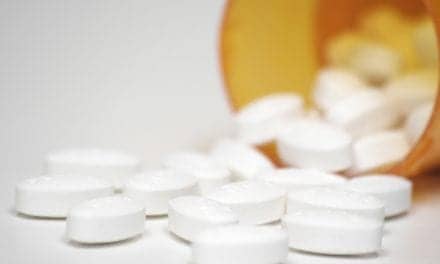Researchers have discovered new insight into the causes of asthma by identifying three distinct groups of asthma patients characterised by the activity of different genes in the airways.
In the study, titled ‘Th2 and Th17 inflammatory pathways are reciprocally regulated in asthma’ which is published in the journal Science Translational Medicine, University of Leicester researchers led by Professor Peter Bradding from the Department of Infection, Immunity and Inflammation, in collaboration with Genentech, looked prospectively at lung samples from 51 asthma patients who had a range of disease severity and identified three different clusters in the airways called Th2-high, Th17-high, and Th2/17-low.
Patients exhibited either high Th2 or high Th17 activity, or low activity of both pathways. Interestingly, no patients had simultaneously high Th2 and Th17 activity, indicating that these pathways are somehow mutually exclusive.
The research team at NIAID in the USA found in a mouse model of asthma that when Th2-activity was inhibited this promoted Th17 activity. When Th2 and Th17 were simultaneously blocked in the mouse model of asthma, the researchers observed greater benefit than blocking one pathway alone, suggesting that new therapies targeting both pathways may demonstrate better efficacy than targeting either pathway alone.









